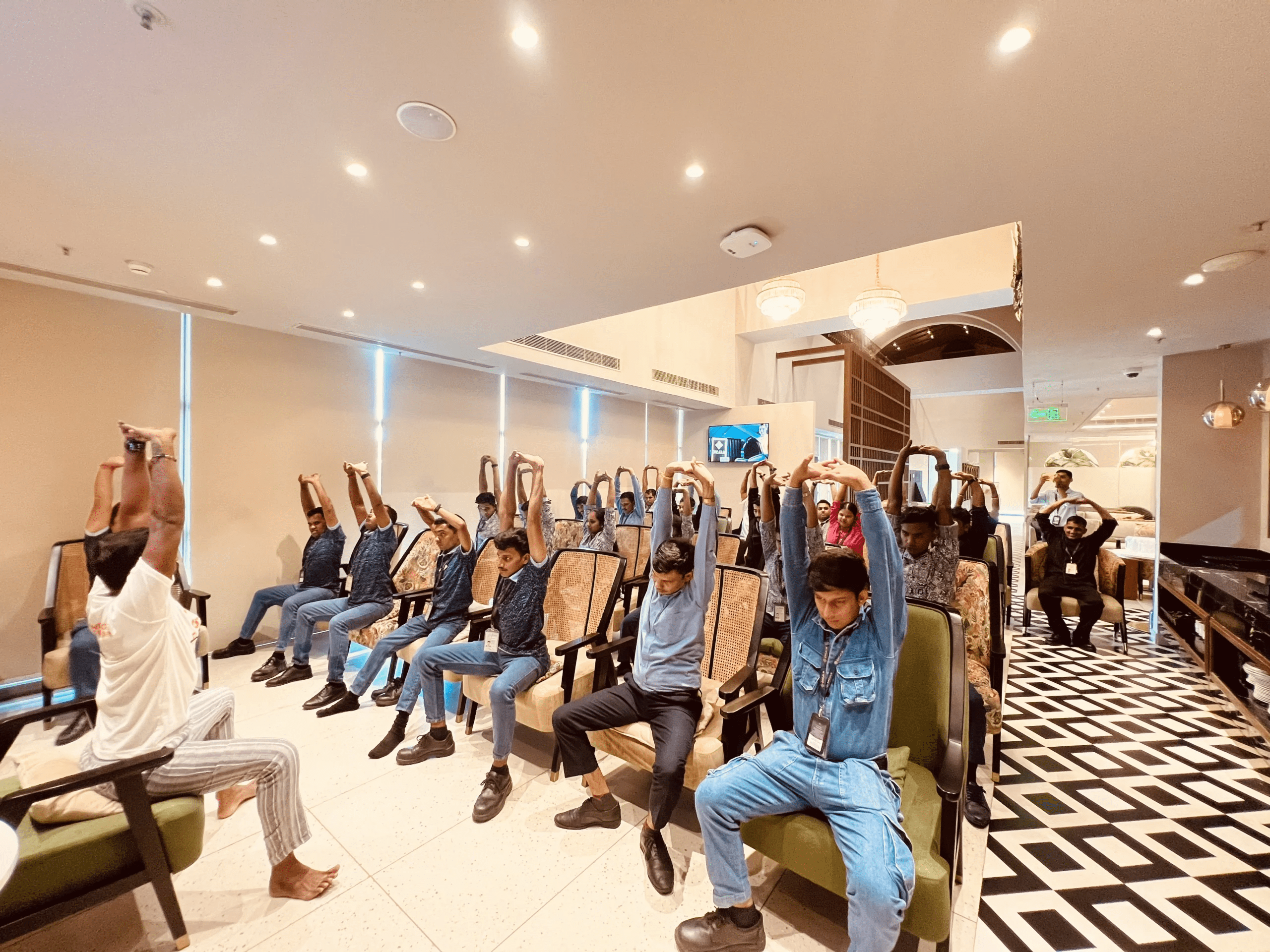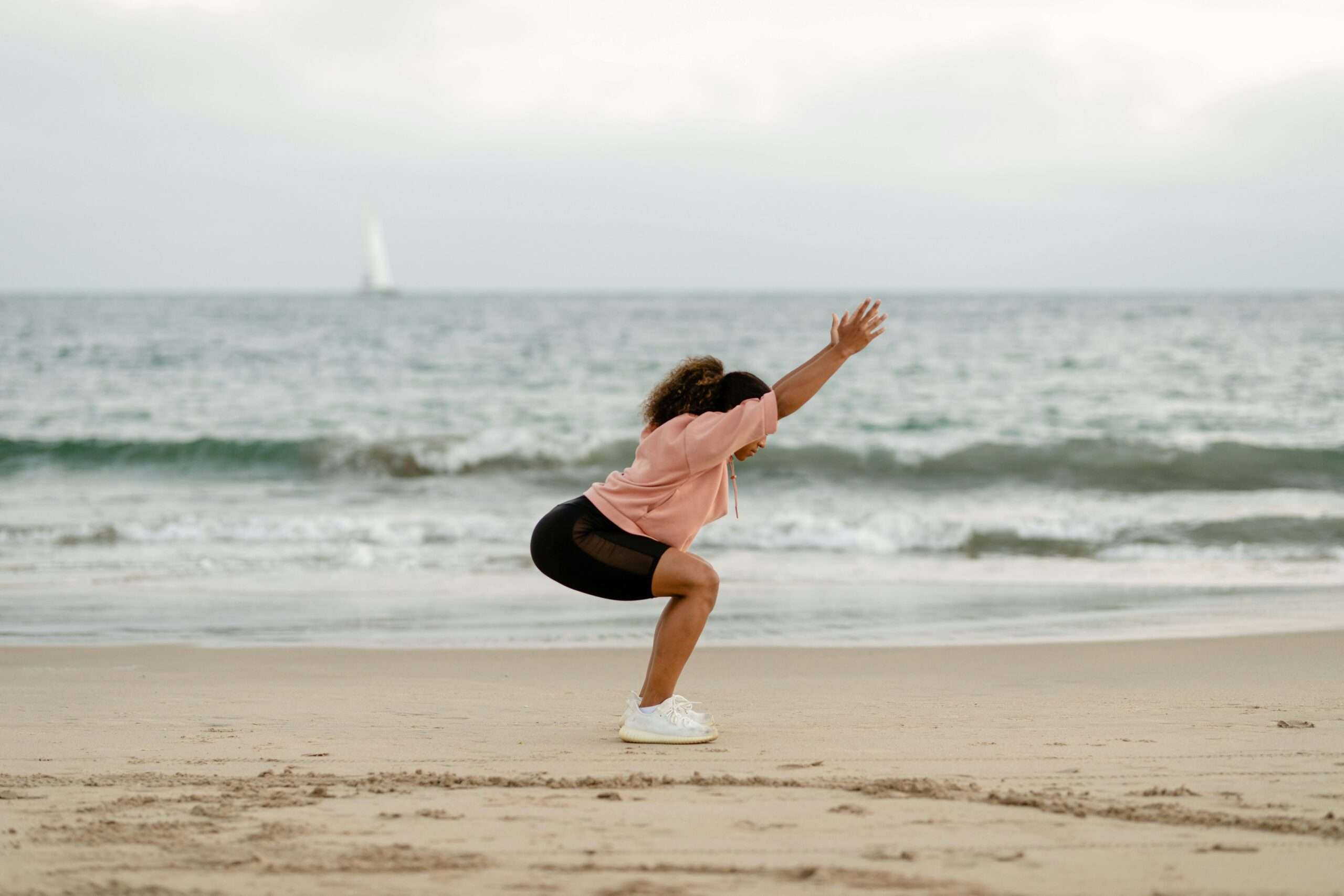If you are struggling with abdominal and thigh fat, then Standing forward fold – Padahastasana is the yoga pose which you need to try at least 10 minutes daily.
Before, starting the asana we need to understand the proper way of doing the particular asana.
At the end of this write up we have given the video for the practical demonstration.
What is the meaning of Padahastasana?
In sanskrit pada means feet, hasta means hand and asana means pose. Since this asana is demonstrated by touching the feet with hands it is known as pada hasatasana and in English it is called hands to feet pose.

Steps with breathing:
Feet together, stand straight with hands by your side and shoulders rolled back.
Inhale; raise the hands over the head with palms facing each other.
Now turn the palms forward, with exhalation, slowly draw the belly in and bend the body from the waist line and bend downwards bringing the hands beneath the feet or beside the feet.
Keep the legs straight and knees soften.
Keep the forehead between the knees.
Hold the pose for 30 seconds to 1 minute.
With inhalation look up release the palms and with further inhalation, raise up the hands and as you exhale bring hands down and relax in shithala taadasana.
Adjustments:
Practice with your arms straight over your head and palms facing forward out in front.
Bend from your waist line and try not to hunch your back.
Shift your weight towards the ball of your feet to keep your knees safe. If feeling unsteady you can slightly bend your knees.
It’s important to bring your palms beneath the feet or beside the feet if not able to place them then you can place it on the ankles or shin bone.
Keep the forehead between the knees and try to keep your knees straight.
Practice with your feet together but if you’re feeling unsteady, try stepping your feet hip-width apart.
Variations:
Keeping the palms beside the feet.
Catch hold of big toes (padangustasna.)
Catch hold of calf muscles or ankles.
Benefits:
Eliminates the excess fat around the abdomen and thighs.
Purifies and strengthens the sushumna nadi.
Prevents constipation and relieves stomach ache.
Massages the entire abdominal organs and tones the liver, spleen and the kidney.
Contraindications:
Forward bending is strictly prohibited for people with severe lower back problems, high blood pressure, any heart diseases and hernia.




